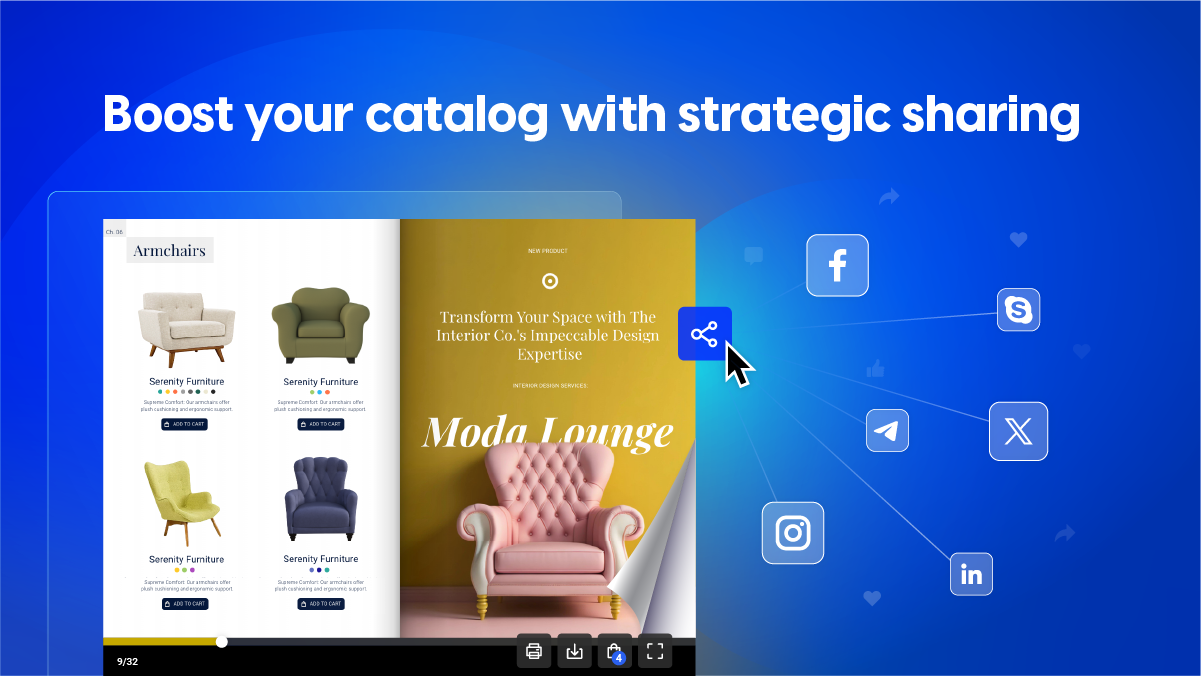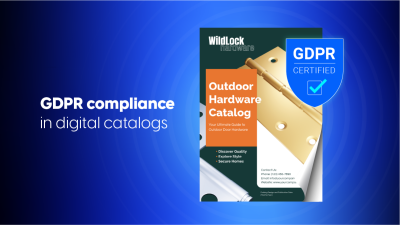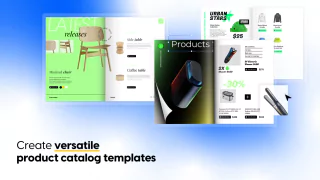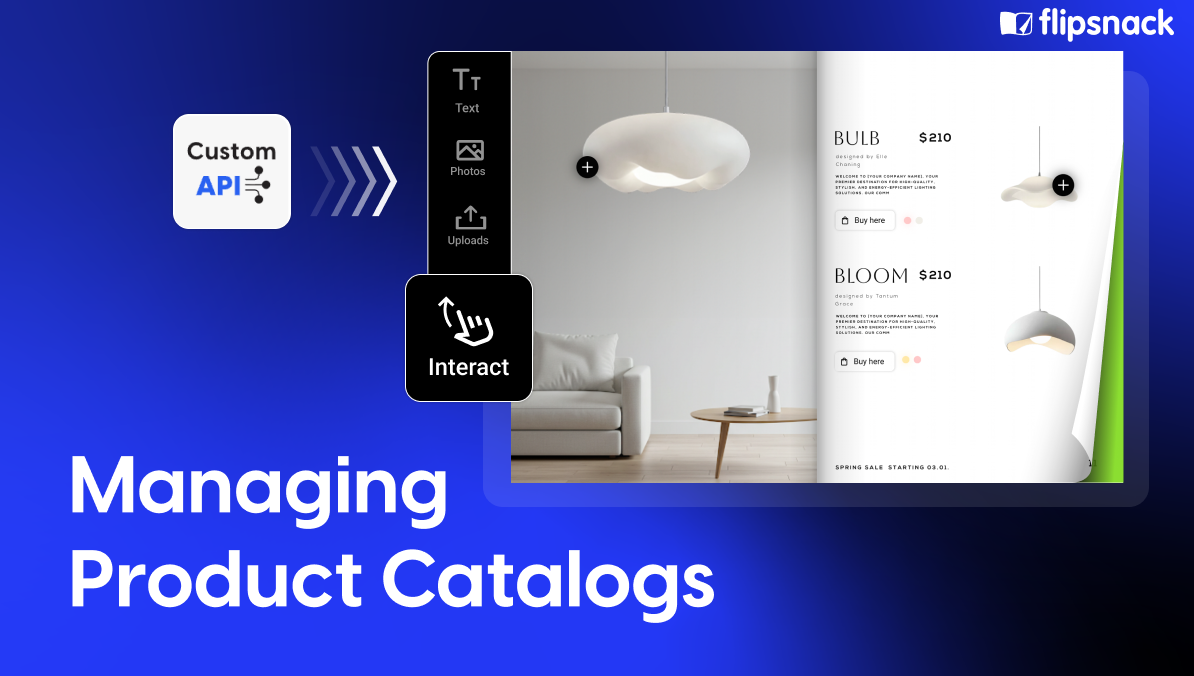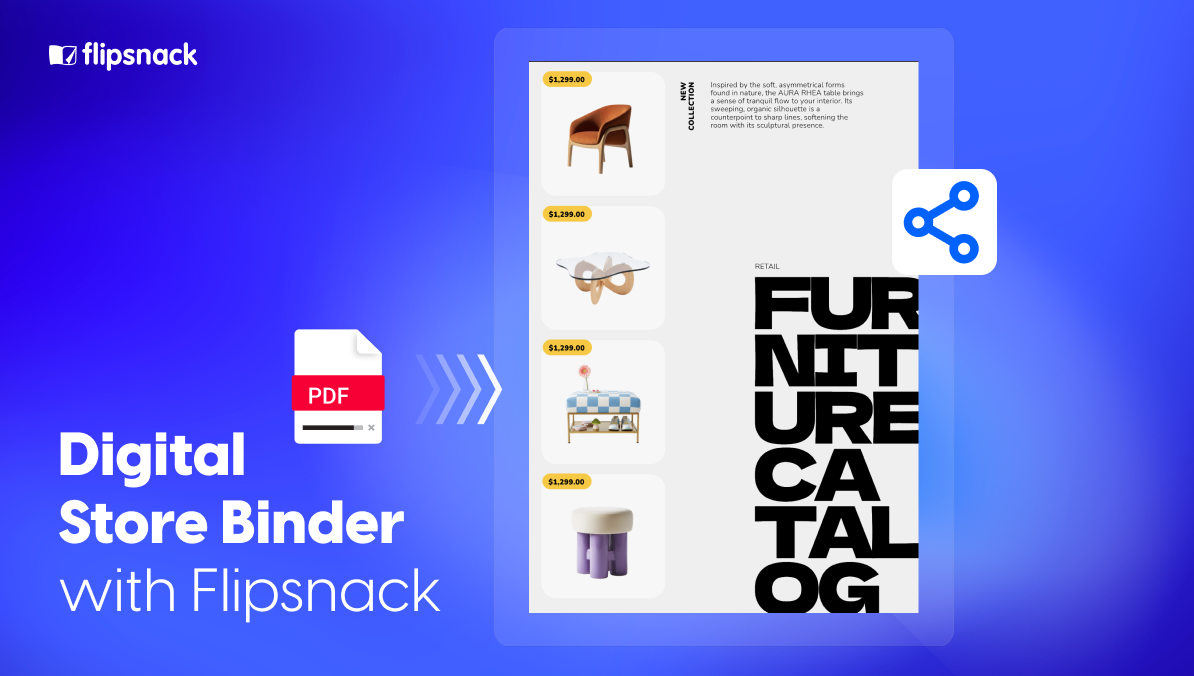Smart Digital Catalog Sharing Methods for Wider Reach
Last updated: March 13th, 2025
Sharing digital catalogs online has completely changed the way businesses connect with customers. Instead of sending static PDFs or relying on outdated methods, companies can now create interactive, engaging catalogs that make browsing products effortless.
Whether you’re a retailer, wholesaler, or manufacturer, digital catalog distribution strategies help you reach more people, showcase products in a visually appealing way, and make it easier for customers to explore and buy—all from any device, anywhere.
Traditional print catalogs come with high production and distribution costs, making it difficult to scale reach efficiently. In contrast, there are platforms for digital catalog sharing that provide a cost-effective alternative; enabling businesses to distribute interactive, mobile-friendly catalogs instantly.
In this article, we’ll explore how to share digital catalogs with clients effectively, the benefits of digital catalog sharing for businesses, and the best strategies to incorporate online catalog distribution into your marketing efforts.

Table of contents
Why is online catalog sharing important to retailers and wholesalers?
Retailers and wholesalers need efficient ways to showcase their products and connect with customers. Online catalog sharing makes this easier by expanding reach, reducing costs, and creating an engaging, interactive experience.
Unlike static PDFs or print materials, digital catalogs can be updated in real time, ensuring customers always have access to the latest products and pricing. Plus, they’re easily accessible on any device, making browsing seamless whether on mobile, tablet, or desktop. Let’s explore the key benefits in more detail.
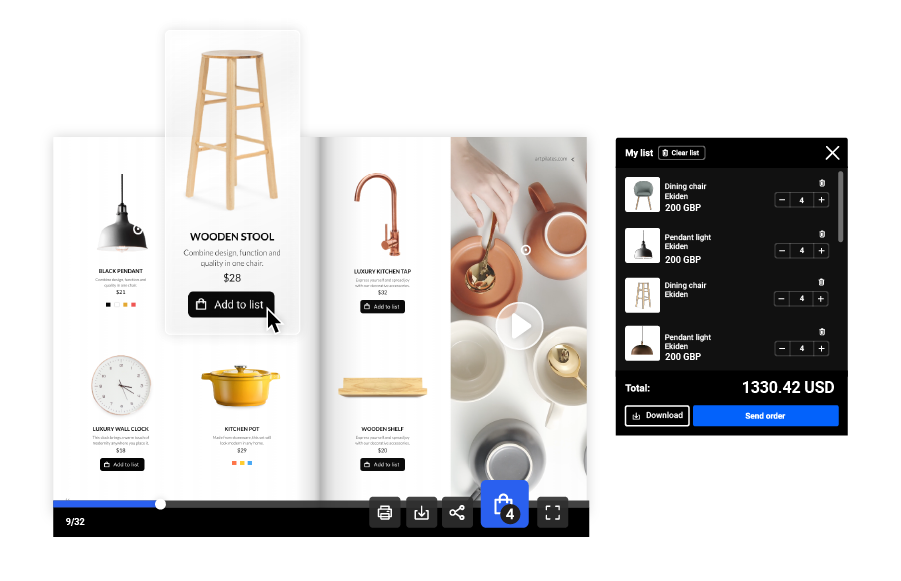
1. Enhanced reach with online distribution
Unlike printed catalogs, digital catalogs can be distributed globally without incurring high costs, as we already stated. With digital catalogs, distribution is done online through various communication channels, and most of these channels don’t require costs to access their large audiences. This allows businesses to reach a wider audience, including international markets, without the logistical challenges and expenses of printing and shipping physical copies. We’ll get into more about the versatility of digital distribution channels shortly.
2. Cost-effectiveness
Print catalog production and distribution can be expensive, particularly when targeting a large audience. Distributing them across a wide geographical area can also be costly. Digital catalogs eliminate these costs, providing a more budget-friendly option that still delivers high-quality content to potential customers. The extra benefit is that these digital catalogs are also more interactive than their physical counterparts. Enhancing your digital catalogs with logistics optimization ensures faster delivery, reduced costs, and improved customer satisfaction, making your online sharing strategy more efficient and impactful.
3. Improved engagement
Digital catalogs support interactive elements such as videos, clickable links, popup frames, and animations, making them significantly more engaging than static printed versions. This interactivity can capture the attention of potential customers and keep them engaged longer, increasing the likelihood of conversions. Then, there’s the option to transform an already interactive catalog into a shoppable catalog from which your customers can place orders, make wish lists, and complete purchases without having to connect to a third-party system.
4. Real-time updates for online catalogs
Digital catalogs can be updated in real time to reflect inventory changes, pricing adjustments, or promotions. Whether correcting errors in a converted PDF or updating product details, edits can be made even after sharing. Since the catalog link always leads to the latest version, there’s no need to resend updates. Ensure that customers always have the most accurate information for a seamless shopping experience.
5. Increased catalog accessibility
Digital catalogs are mobile-responsive and optimized for any device, allowing seamless viewing on smartphones, tablets, and desktops. With flexible viewing modes and easy navigation, they ensure accessibility for all users, including those relying on keyboard navigation. This convenience boosts engagement, making it easy for customers to browse and interact with catalogs anytime, anywhere.
Digital catalog distribution strategies based on audience
Before deciding how to reach your audience, you must first determine who your ideal customers are and why you want to reach them. Establishing a clear customer persona and marketing objectives is essential, as different demographics engage with content in unique ways.
1. Goal-driven catalog distribution
Your digital catalog strategy should align with specific business objectives. Whether your goal is to increase sales, boost brand visibility, or introduce new products, your distribution approach should reflect that purpose. For example:
- Increasing sales: Feature bestsellers in prominent catalog sections, use interactive carousels, and incorporate persuasive CTAs with promotions.
- Boosting brand visibility: Tell your brand’s story, emphasize values, and create content that strengthens emotional connections with your audience.
- Introducing new products: Use high-impact visuals, detailed descriptions, and strategic placement within related product categories.
Each objective influences how your catalog is structured and shared, ensuring maximum impact. To refine these strategies over time, track engagement metrics like page views, time spent on pages, and click-through rates. If certain products or sections receive higher interaction, adjust your distribution focus to emphasize them further.
2. Audience-segmented distribution
Instead of a one-size-fits-all approach, tailor your digital catalog distribution based on customer segments. Consider factors such as demographics, shopping behavior, and engagement preferences to determine the best distribution methods. For example:
- B2B audiences (wholesalers, distributors): Share catalogs via email campaigns, private links, or embedded documents on industry-specific platforms.
- B2C audiences (retail customers): Leverage social media, online ads, and website pop-ups to maximize visibility and engagement.
By analyzing performance data, you can refine your approach based on audience behavior. If social media campaigns generate the most engagement, invest more in those channels. If email marketing yields higher conversions, prioritize personalized catalog distribution via email. Tracking analytics ensures that your catalog reaches the right audience through the most effective channels, optimizing both visibility and engagement.
How to distribute a digital catalog with Flipsnack’s catalog maker
Social media platforms
Online distribution options take many forms when it comes to social media platforms. Knowing how to leverage each method can influence the effectiveness of your marketing distribution campaign. Here, we’ll explain how each platform can be used, with what tools, and for which audience. While sharing a link online is simple, for effective marketing efforts, you can take an extra step and ensure you reach your audience. Whether it’s sharing a preview of your digital catalog or designing a carousel featured on promotions, make the best of what these platforms offer as a way to stand out amongst competitors and engage your audience. A social wall is an aggregated form of live social media feeds from multiple platforms such as X(Twitter), Instagram, Facebook, Tumblr, Vimeo, YouTube, and many more. It is the perfect way to boost engagement and increase your engagement rate with your followers.
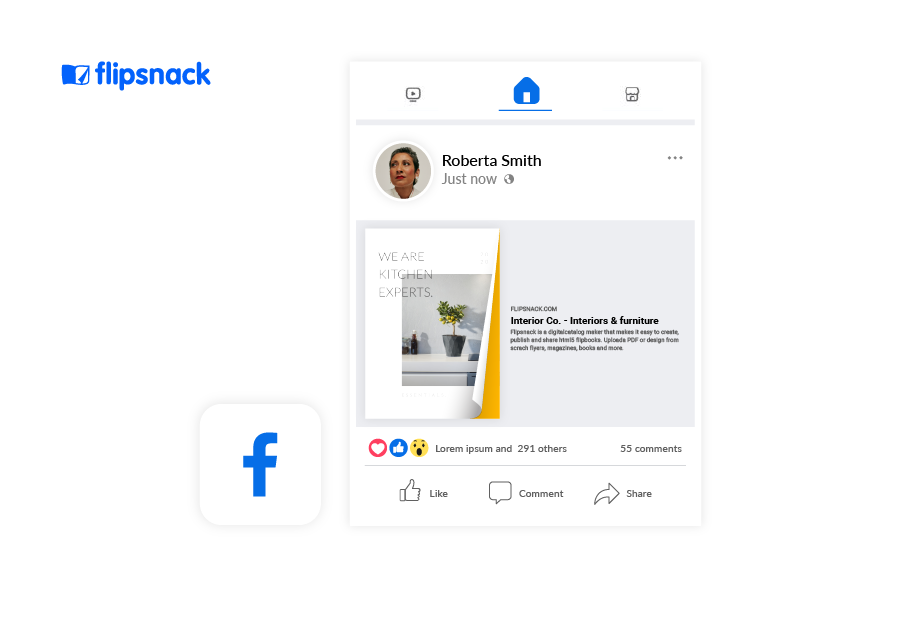
With 2.9 billion monthly active users, Facebook offers businesses a vast audience, particularly among those aged 18 to 44. While primarily a social platform, it has evolved into a powerful tool for outreach, engagement, and lead generation through Facebook Ads. Features like carousel ads, product catalogs, ai lead generation and shop sections help boost visibility and drive traffic. To maximize reach, use visually appealing images, engage with followers through comments and messages, and leverage Facebook Ads Manager for targeted campaigns. A well-designed cover enhances credibility, and a Facebook cover maker tool can help create professional, eye-catching designs. With precise audience targeting based on demographics, interests, and behaviors, Facebook ensures your catalog reaches the right customers.
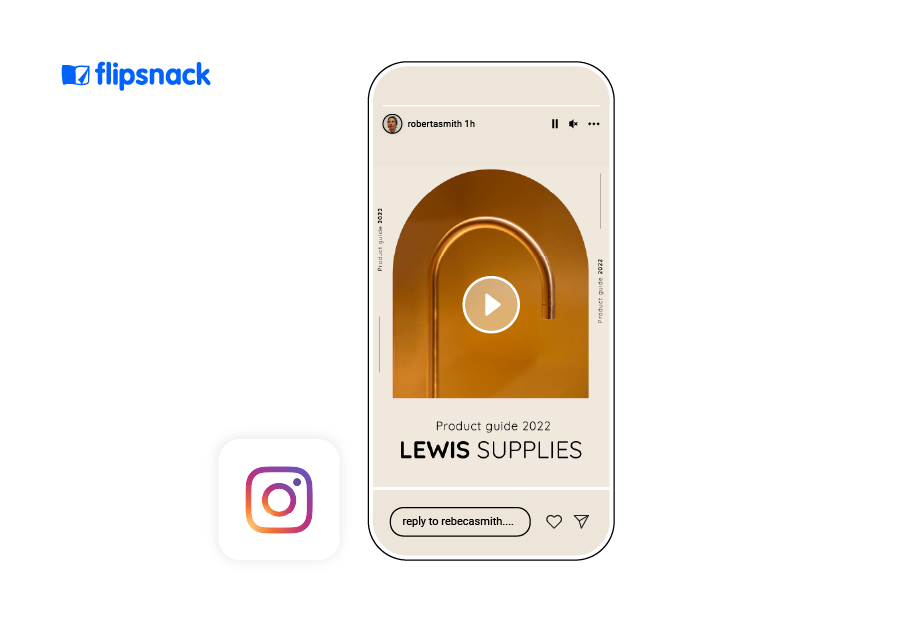
To maximize results on Instagram, switch to a business profile and craft a compelling bio that shares your brand story, includes a call to action, and links to your website, digital catalog, and other platforms. A strong profile picture sets the tone, but visual consistency is key—high-quality images and designs are essential for showcasing products and services effectively. Leverage shoppable posts, stories, and IGTV to engage your audience and drive conversions. Post consistently, use relevant hashtags, and collaborate with influencers to expand reach. Instagram’s visual-centric nature makes it ideal for product showcases, while Stories and IGTV allow for behind-the-scenes content and interactive product demonstrations.
X
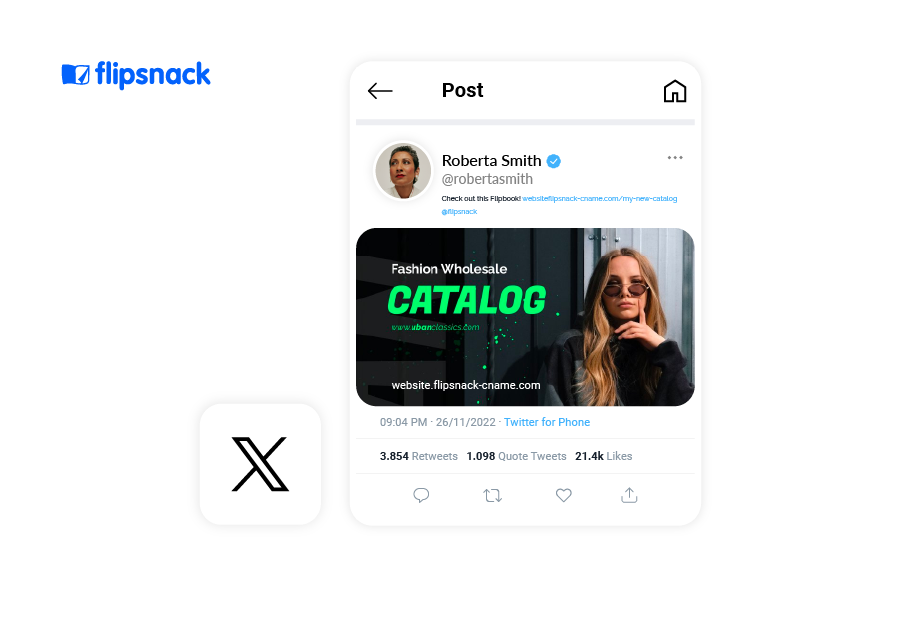
With 217 million daily users, X is a powerful platform for boosting engagement, growing businesses, and building brand communities. Its fast-paced nature benefits from a content calendar and scheduled posts, ensuring consistency while allowing flexibility for promotions and product launches. Videos and visuals drive the highest engagement, making catalog previews and product highlights effective for sparking curiosity. Leverage Twitter Cards, Trends, and promoted tweets to maximize visibility, and use concise messaging, trending or branded hashtags, and real-time interactions to stay relevant. Twitter Cards can boost catalog link engagement by 43%, making them essential for driving traffic.
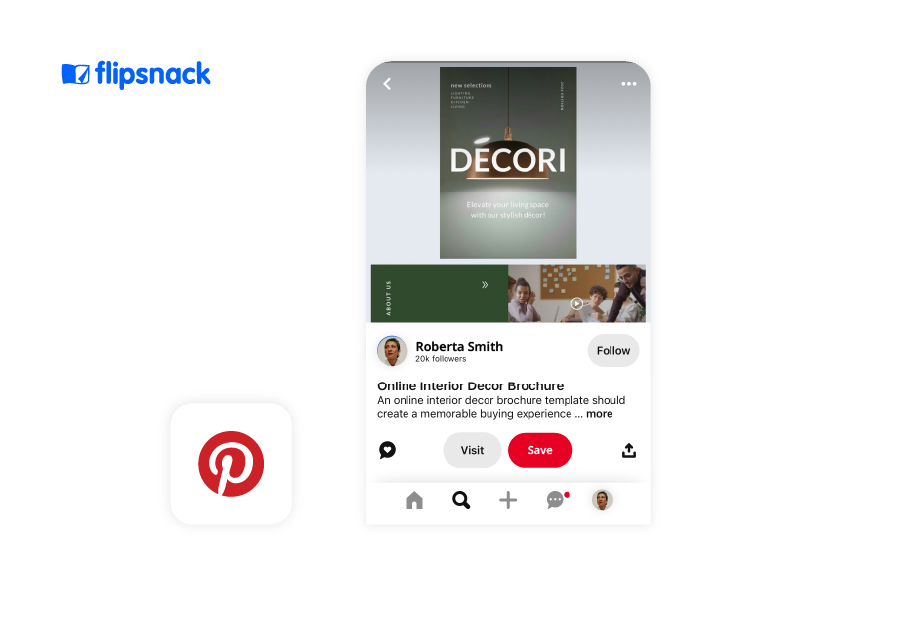
Pinterest excels at boosting engagement, growing businesses, and inspiring audiences through visually-driven content. Known for its emphasis on high-quality visuals, it allows brands to create organized, visually appealing catalogs of pins, making products easier to discover and save. Optimized pins with relevant keywords and descriptions increase reach, while rich pins add valuable context to product listings. Leverage catalog integration to streamline product showcases, maintain visual quality, and create boards for product categories to engage Pinterest’s inspiration-seeking audience.
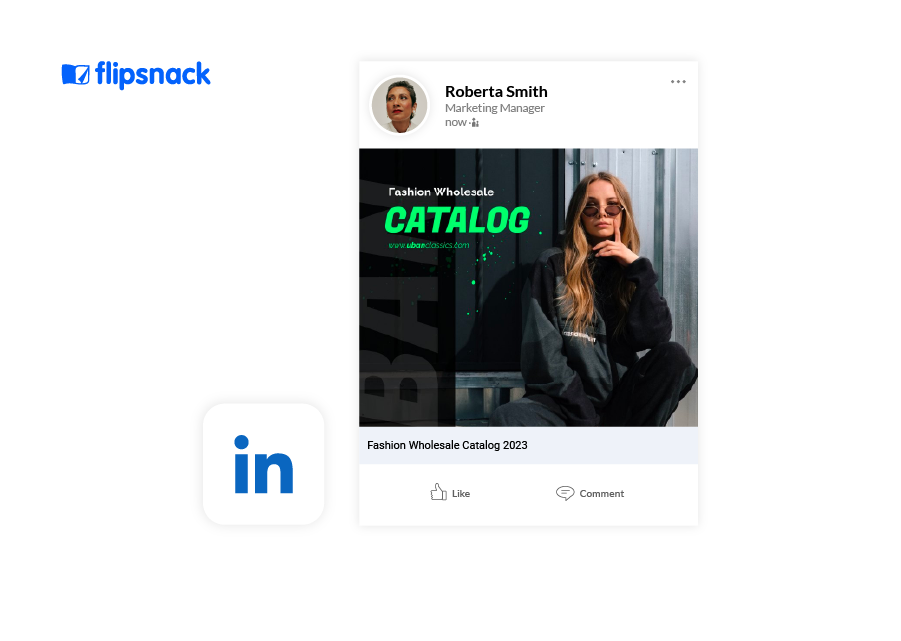
Unlike other social media platforms, LinkedIn focuses on industry connections and professional engagement, making it ideal for B2B catalog distribution. With 134.5 million daily active users, primarily from corporate backgrounds, content should maintain a professional tone and align with industry interests. Detailed product posts and catalog previews resonate well, providing valuable insights to decision-makers. Optimize posts with relevant keywords, and use Showcase pages and product features to enhance visibility. To maximize reach, share industry-relevant content, actively engage with B2B audiences, and position your catalog as a valuable resource for professionals.
YouTube
With 4.95 billion monthly active users, YouTube is a powerhouse for engagement and brand visibility through dynamic video content. Known for in-depth product demonstrations and storytelling, it’s ideal for showcasing products via high-quality videos, unboxings, and how-to guides that provide users with valuable insights. Maintaining an informative and engaging channel helps boost reach, while optimizing videos with relevant keywords, strong CTAs, and compelling content enhances discoverability. YouTube Analytics allows you to track performance and refine your strategy for better engagement. To maximize impact, use product links in descriptions and create a custom thumbnail to boost click-through rates.
Email marketing
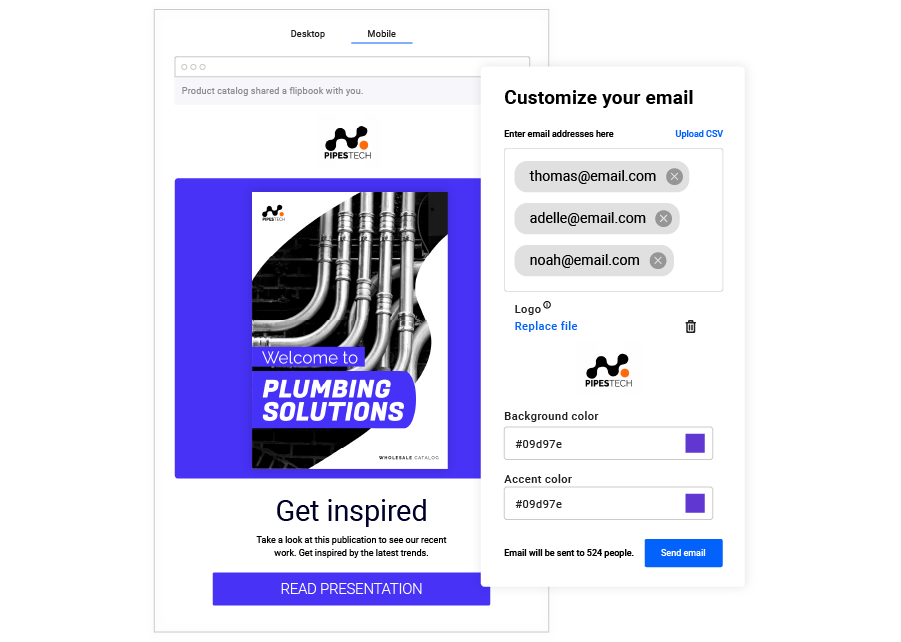
Email marketing remains one of the most effective ways to connect with customers, providing a direct channel for product updates, promotions, and brand awareness. Unlike traditional mail, email allows for highly targeted audience segmentation, ensuring the right message reaches the right people. Personalized email campaigns take this a step further by tailoring content based on customer preferences, past purchases, and behavior. Using the recipient’s name, recommending relevant products, and crafting eye-catching subject lines can significantly boost open rates and engagement.
To make emails even more interactive, include a clickable digital catalog preview that leads readers to a full-view experience of your publication. This enhances the shopping experience by offering a seamless transition from email to browsing, increasing the chances of conversions. Regularly sharing updated catalogs via email ensures customers always have access to the latest offerings, making email marketing a key tool in digital catalog distribution strategies.
Embed digital catalogs on websites
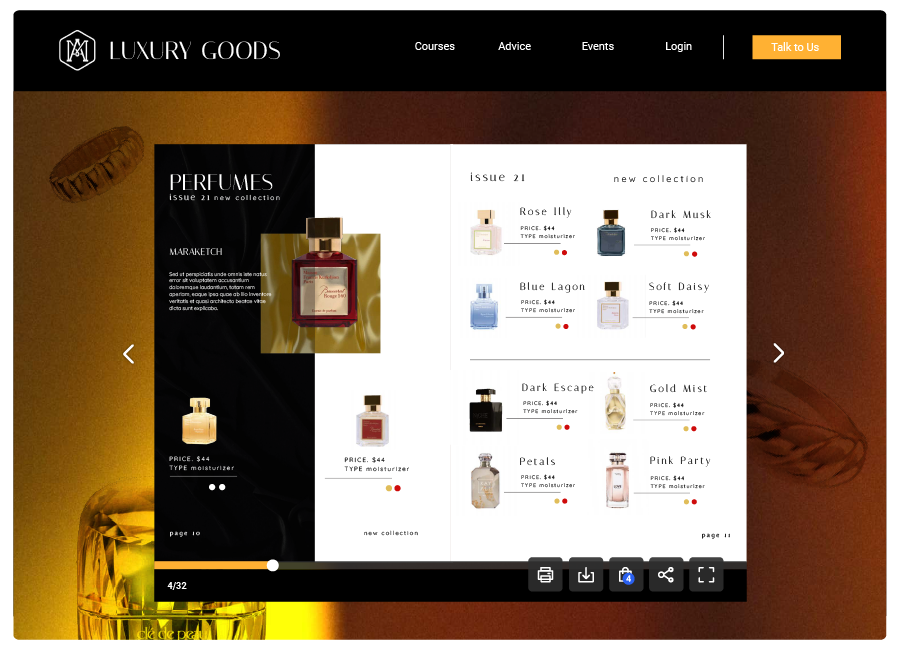
As the most interactive online catalog distribution option, embeds can be integrated into websites or other platforms for visitors to access directly. Overall, this distribution or promotion method increases website engagement by keeping your online visitors occupied longer.
Embedding your digital catalog directly on your website makes it easily accessible to visitors, enhancing the user experience and keeping potential customers engaged longer. Ensure the catalog is prominently featured on relevant pages to maximize visibility. This helps in providing immediate access to the catalog and integrates seamlessly with your overall web content, encouraging more interactions and conversions.

QR codes for trade shows and events
Although QR codes have been around for decades, their popularity surged during the pandemic as a contactless solution for accessing information. At trade shows and events, they provide a seamless way for attendees to access your digital catalog without the need for physical copies. Placing QR codes on banners, flyers, and promotional materials allows potential customers to scan and browse instantly, reducing costs while maximizing reach. Unlike printed materials, QR codes never run out, ensuring that every visitor has easy access to your catalog, helping you engage leads more efficiently.
Other platforms for digital catalog sharing
While Flipsnack offers a comprehensive solution for creating and sharing digital catalogs, there are other platforms available, each with unique features tailored to different business needs. Whether you’re looking for SEO optimization, eCommerce integrations, or advanced customization, these tools provide alternative ways to distribute your catalogs effectively.
Here are five popular options to consider:
- Publuu – A versatile tool that transforms static PDFs into dynamic, interactive catalogs, enhancing accessibility and customer engagement.
- iPaper – A feature-rich catalog maker designed for retailers, offering interactive elements like videos and eCommerce integrations.
- Publitas – A simple PDF-to-digital catalog converter with built-in SEO optimization to expand audience reach and drive revenue.
- Marq – A unique catalog tool that supports InDesign uploads and customizable templates, allowing brands to create catalogs from scratch.
- Issuu – A flexible platform that supports multiple file formats, integrates with Canva and InDesign, and offers interactive branding options.
Head over to our dedicated article and learn more about each of these catalog makers, plus many more.

Choose Flipsnack for online catalog distribution
Flipsnack is an excellent tool for streamlining your digital catalog distribution process. Just upload your PDF catalog or design one from scratch using Flipsnack’s intuitive platform. There’s also a plethora of digital catalog examples to choose from. These templates are made by professional designers, and you only need to edit them with your information and images.
Flipsnack offers diverse public sharing options to maximize the reach and engagement of your digital catalogs. So, publish your catalog online and distribute it via email, social media, or embedded on your website. By doing this, you ensure that your digital flipbooks will reach your audience regardless of where or how they try to access your content online.
In the competitive world of commerce, leveraging effective marketing strategies is crucial for driving business growth. Digital catalog distribution offers a cost-effective and versatile solution to easily reach a broader audience, engage customers, and streamline updates. Setting clear goals, and utilizing various online sharing strategies, businesses can maximize the impact of their digital catalogs.

Frequently asked questions on catalog sharing methods
The four general types of distribution channels are: direct selling, selling through intermediaries, dual distribution, and reverse logistics. Catalog distribution is only concerned with direct selling (retailers selling directly to customers), and the two other distribution methods.
Digital content distribution refers to the process of sharing and delivering digital catalogs across various online channels to reach a wider audience. Instead of relying on physical copies, businesses can distribute catalogs through web links, social media, email marketing, embedded website viewers, and QR codes, ensuring easy access on any device. This approach enhances engagement, accessibility, and real-time updates, allowing businesses to showcase products efficiently while tracking performance through analytics.
Flipsnack makes sharing digital catalogs effortless by offering multiple distribution options tailored to retailers, wholesalers, and distributors. Businesses can share catalogs via a direct full-view link (distraction-free), embed them on websites, or distribute them through email and social media for maximum reach and engagement.
